Expansion of Food Retail Channels
The Individual Quick Freezing Market is benefiting from the expansion of food retail channels, including supermarkets, hypermarkets, and online grocery platforms. The rise of e-commerce has transformed the way consumers purchase frozen foods, providing them with greater access to a variety of products. Recent statistics indicate that online grocery sales have surged, with frozen food sales contributing significantly to this growth. This expansion in retail channels is likely to enhance the visibility and availability of individually quick frozen products, thereby driving the market forward and catering to the evolving shopping habits of consumers.
Growing Demand for Ready-to-Cook Meals
The Individual Quick Freezing Market is experiencing a surge in demand for ready-to-cook meals, driven by the fast-paced lifestyles of consumers. As more individuals seek convenient meal solutions that require minimal preparation, the appeal of frozen meal kits and pre-portioned ingredients is on the rise. Recent market analysis indicates that the ready-to-cook segment is projected to grow at a rate of 5% annually, reflecting the changing dynamics of consumer eating habits. This trend is likely to further stimulate the Individual Quick Freezing Market, as manufacturers respond to the demand for quick and easy meal options.
Rising Health Consciousness Among Consumers
The Individual Quick Freezing Market is witnessing a surge in health consciousness among consumers, who are increasingly seeking nutritious food options. This trend is reflected in the growing preference for frozen fruits and vegetables, which retain their vitamins and minerals through the quick freezing process. Market data suggests that the demand for frozen produce has increased by approximately 6% in recent years, as consumers recognize the benefits of incorporating these items into their diets. This heightened awareness of health and nutrition is likely to propel the Individual Quick Freezing Market, as it aligns with the needs of health-oriented consumers.
Adoption of Innovative Freezing Technologies
The Individual Quick Freezing Market is being propelled by the adoption of innovative freezing technologies that enhance product quality and efficiency. Advances in freezing methods, such as cryogenic freezing and plate freezing, are enabling manufacturers to improve the texture and taste of frozen foods. These technologies not only preserve the freshness of products but also reduce energy consumption during the freezing process. As a result, the market is likely to see increased investment in these technologies, which could lead to a more competitive landscape within the Individual Quick Freezing Market, ultimately benefiting consumers with higher quality offerings.
Increasing Consumer Preference for Frozen Foods
The Individual Quick Freezing Market is experiencing a notable shift in consumer preferences towards frozen foods. This trend is driven by the growing demand for convenience and ready-to-eat meals, as busy lifestyles lead consumers to seek quick meal solutions. According to recent data, the frozen food segment has seen a compound annual growth rate of approximately 4.5% over the past few years. This increase in demand for frozen products is likely to bolster the Individual Quick Freezing Market, as this technology preserves the quality and nutritional value of food, making it an attractive option for health-conscious consumers.


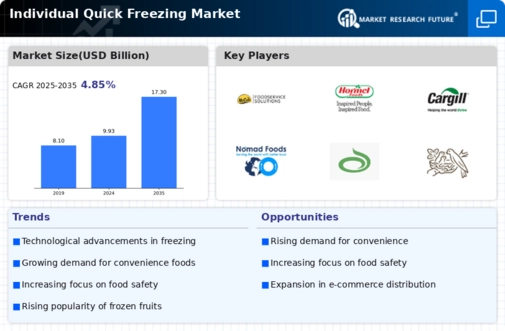
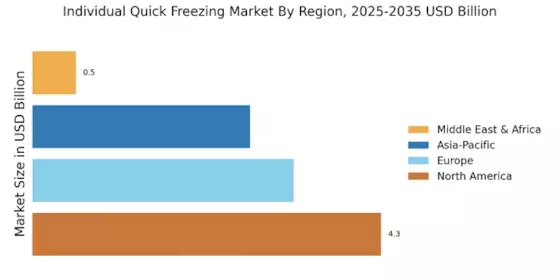
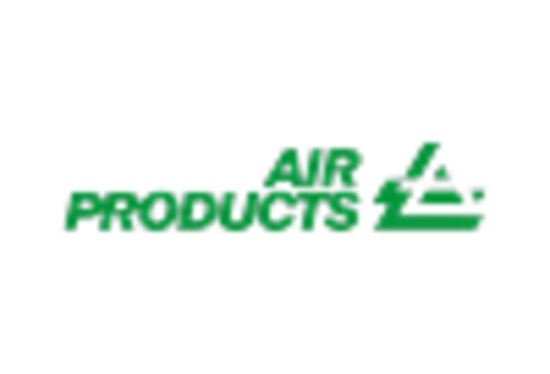
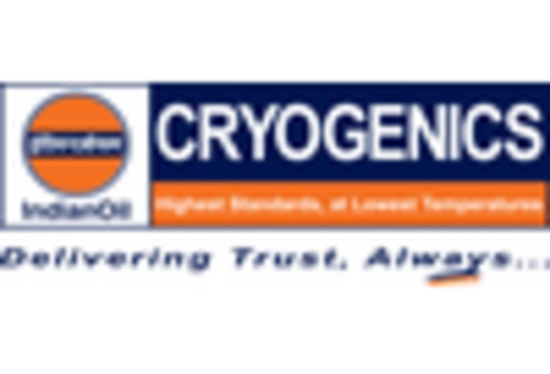
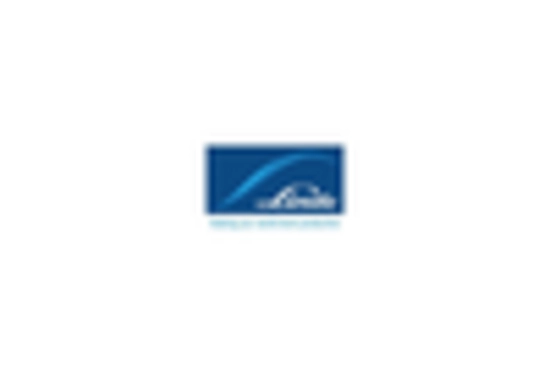

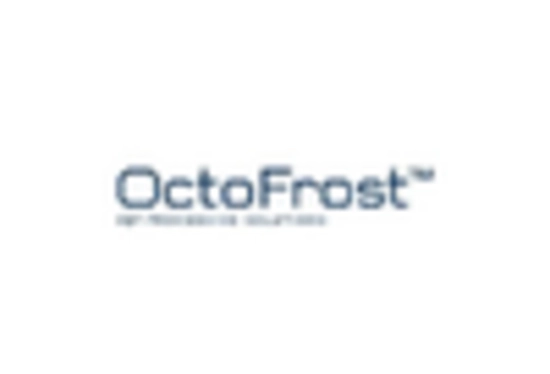
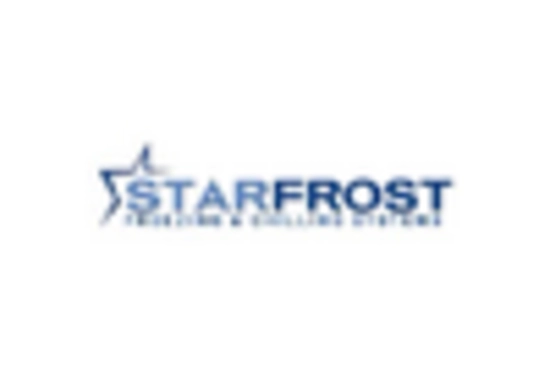








Leave a Comment